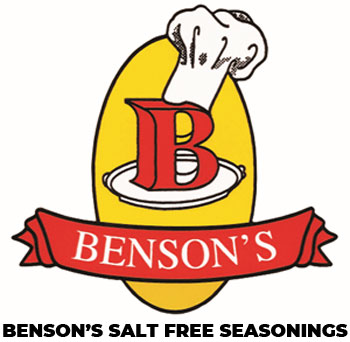Healthy cooking at home is one of the best steps you can take towards a healthier lifestyle. By doing your own cooking you have total control over what ingredients are used and ultimately what goes into your body. Healthy cooking means eating a diet that is richer in nutrients, lower in fats, and does not go over the recommended daily sodium intake.
When cutting back on the amount of sodium in your diet you will be more successful if you reduce it slowly. People get used to the flavor of salt and may find foods less desirable at first. This will change over time and will allow you to really begin to taste the foods you are eating instead of just the salt. Start by making changes that you and your family will notice the least. Using less salt in baked goods and only buying low or no sodium canned goods and frozen foods are a good place to start. Canned soups that are low in sodium can have a pretty bland flavor, but can be easily doctored up with some no salt seasoning. Use a variety of salt free seasonings to increase flavor, and include a salt substitute. This can really make a difference. After you put a low sodium diet into practice for a while your taste buds will adjust and you will find many foods will actually taste better.
With healthy cooking it is important to remember that reducing your salt intake to zero is not the goal. Vegetables and leafy greens contain sodium as part of their natural ingredients and our bodies require sodium to function. What is important is that you remain at or a little below the recommended daily sodium intake levels. The amount of sodium that experts recommend is less than 2300 mg per day, if you are 51 years of age or over that amount drops to 1500 mg per day.
Most of the food prepared in restaurants is heavily laden with sodium, people like the taste of salt and it is the cheapest seasoning available. When eating out it is important to try to order items that contain a minimal amount of salt. To be serious about your health means that most of you meals should consist of healthy cooking at home. When learning to prepare meals, try using canned and processed foods as little as possible. Attempt to prepare meals that focus around whole foods, more fresh and natural foods that are low in sodium. Good choices are fresh fruits, vegetables, and salads. A good meal choice might be whole-wheat pasta topped with a low sodium tomato sauce prepared with a salt free garlic-herb seasoning and a nice green salad.
Tip: If you make your own tomato based pasta sauce, make sure to purchase salt free or no salt added canned tomatoes, (if not using fresh tomatoes).
The large amount of sodium in an average diet is an acquired taste, so getting used to food without sodium will take some time. Cutting out salt cold turkey will leave you with bland tasting foods that may have you reaching for the salt shaker. Take your time as you and your family start adjusting to this new healthier way of eating. Maintaining a diet that follows the recommended daily sodium intake guidelines is an important part of healthy cooking at home.
